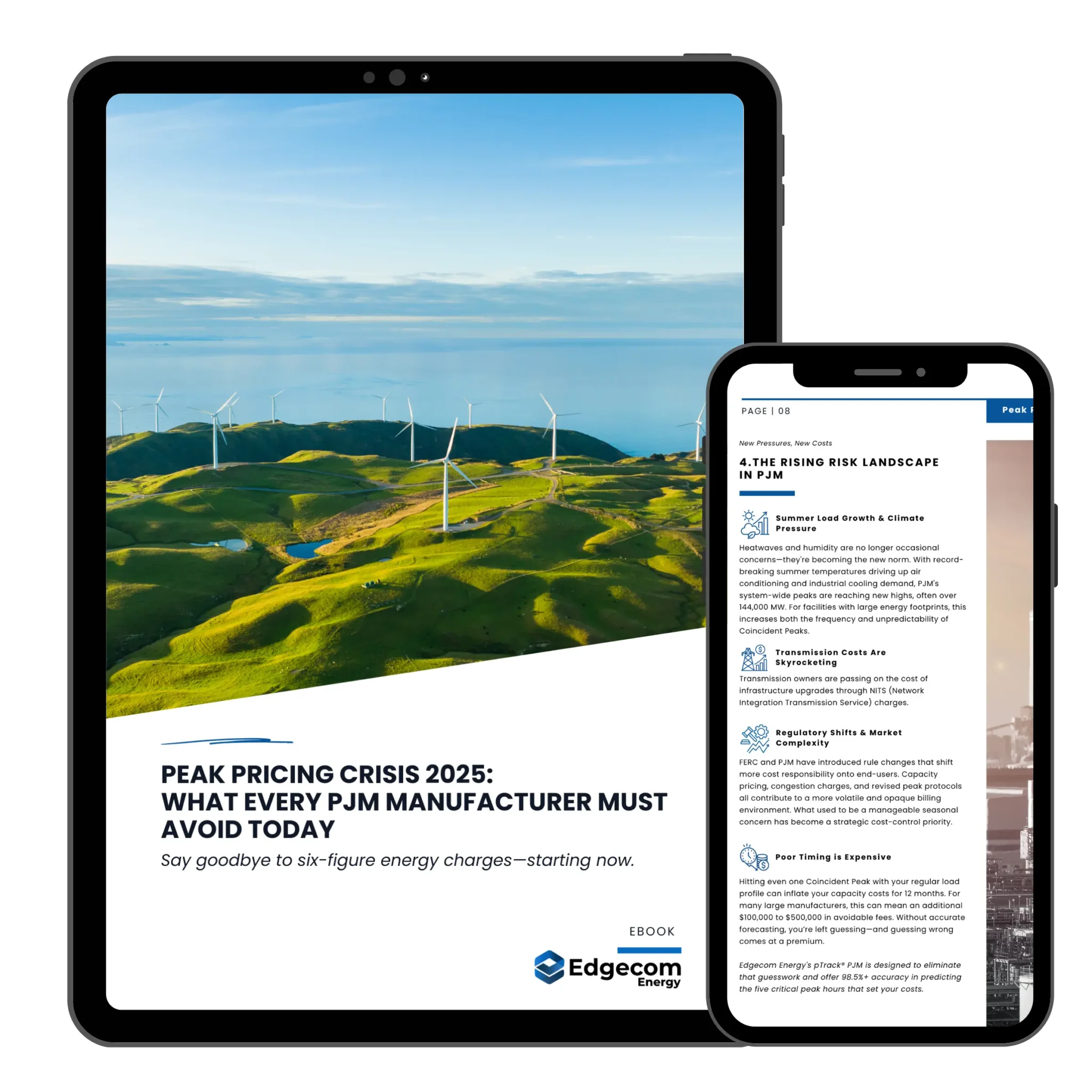IoT, the internet of things, typically refers to a network of different devices that are connected via, well, the internet other types of communication networks. The core concept is still the same everywhere, as IoT devices are typically anything with a sensor a processor that can exchange data with other devices and networks.
In the industrial world, having sensors monitor data such as temperature, energy consumption, other parameters seem like a no brainer, but it’s not all it can do. After the industrial level sensors obtain the data, what’s next?
What is Measurement and Verification?
Measurement & Verification, (M&V) is a crucial process in quantifying and verifying the energy savings. Any energy management project would typically have a goal in mind of consumption reduction, or improved efficiency.
M&V process traditionally involves measuring the parameters before and after changes are made, all while trying to keep everything else the same for as long as it takes to verify the changes. This can vary from rearrangements of processes or replacing older equipment with more energy efficient models. Traditional process optimizations would be time consuming because it’s requiring the processes to maintain the same amount of production during the timeframe.
Due to the ever-increasing demand on the grid, many governments and grid operators offer incentives for retrofits or more energy efficient equipment in an effort to reduce consumption. Due to the cost savings, many companies would try to find the best M&V process to quickly verify their changes, so they can get their money faster.
How does IoT make M&V better?
One of the main advantages of IoT, or Industrial IoT (IIoT) is affordability. Traditional ways of monitoring energy consumption and data would involve expensive SCADA systems that gives you real-time operational data, but the factors such as costs, training, and scalability of sensors were large barriers to entry for many small to medium sized industrial facilities. IoT sensors and monitors would lower that barrier for many and allow for a more scalable solution.
The connectivity of IoT isn’t just a lot of data, it’s also real-time data. More granular data and faster data will help drive more informed decisions and allow for faster adjustments. There are many additional actions that IoT metering can bring to the table, as the saying goes, You can’t manage what you don’t measure.
Traditional M&V would be heavily dependent on manual data collection (or an expensive SCADA), which would be costly due to the nature of labour intensive recording, and also prone to human error. Once the real-time data is recorded through IoT, M&V is no longer a slow and difficult process, and provides energy management projects with more time to identify energy-saving opportunities, along with a much higher level of data accuracy.
The enhanced accuracy is crucial for the reliability of energy savings calculations. The more accurate and granular, the better the results will be. Measurements can be recorded on a more frequent basis and identifiable within different stages of energy consumption, such as during operational hours and downtimes. The increased granularity would also allow for individual machines to undergo M&V rather than estimating savings from a facility level readings.
IoT sensors would also open the doors to remote monitoring and automation. There’s no longer a need to be on the production floor when things need to be checked, connected sensors can provide real-time alerts and notifications regarding performance outliers. Any sudden changes within energy consumption is a possible indicator towards performance backsliding, which is not something you’d want to see right after new equipment upgrades.
The continuous M&V process would enable a long-term verification of savings, which would help identify issues before they happen. Prevention of backsliding would typically fall under maintenance rather than energy management, but the process upgrades should have a lasting effect in order to be cost-effective.
Industrial applications of IoT is not new, but on the industrial M&V front, there’s a lot of untapped potential for further improvements and cost savings. By leveraging real-time data collection, enhanced accuracy, and remote monitoring capabilities, IIoT can empower energy professionals to make the most informed decisions and drive continuous improvements.
If you’re interested in M&V or have any questions about IoT, feel free to reach out to us at any time.

